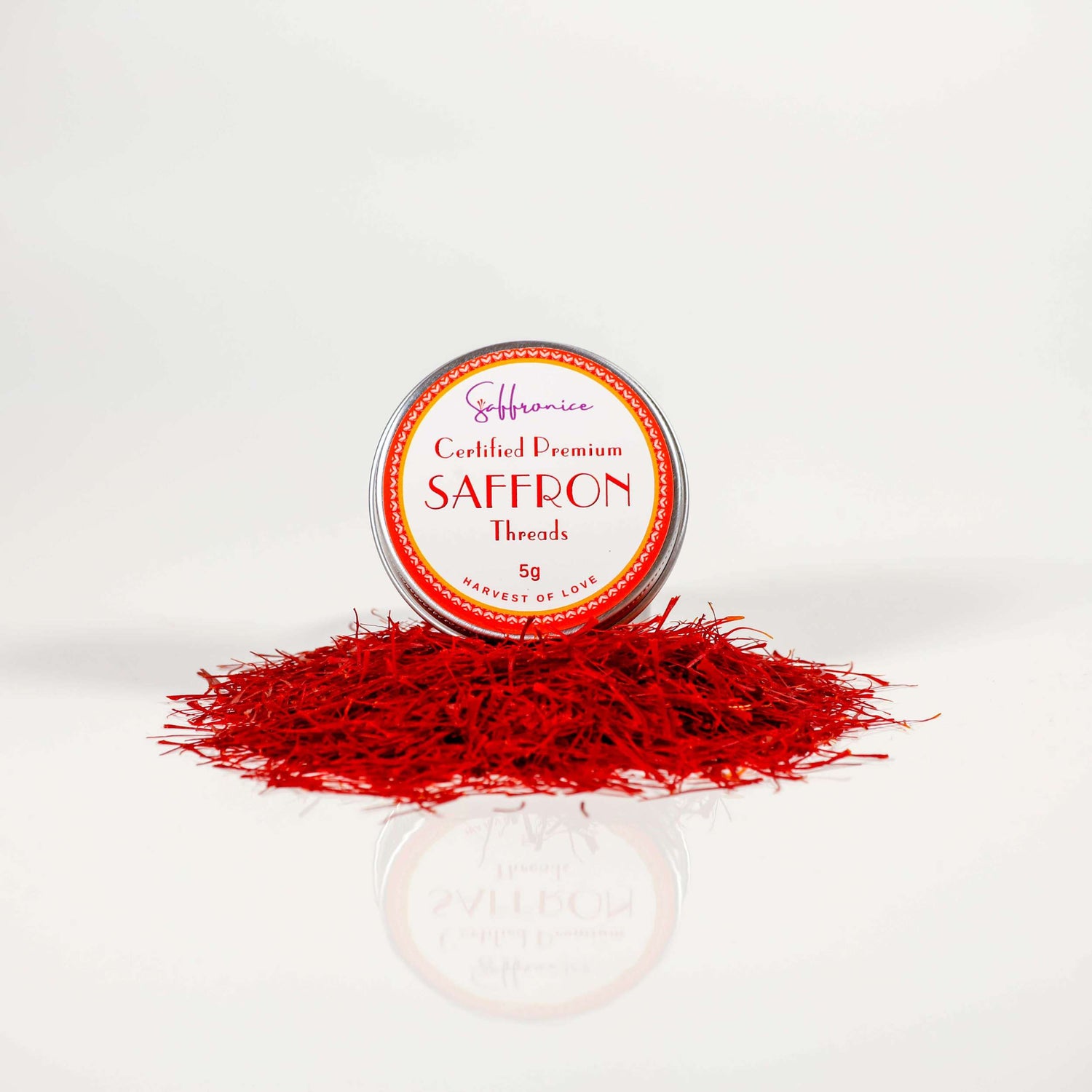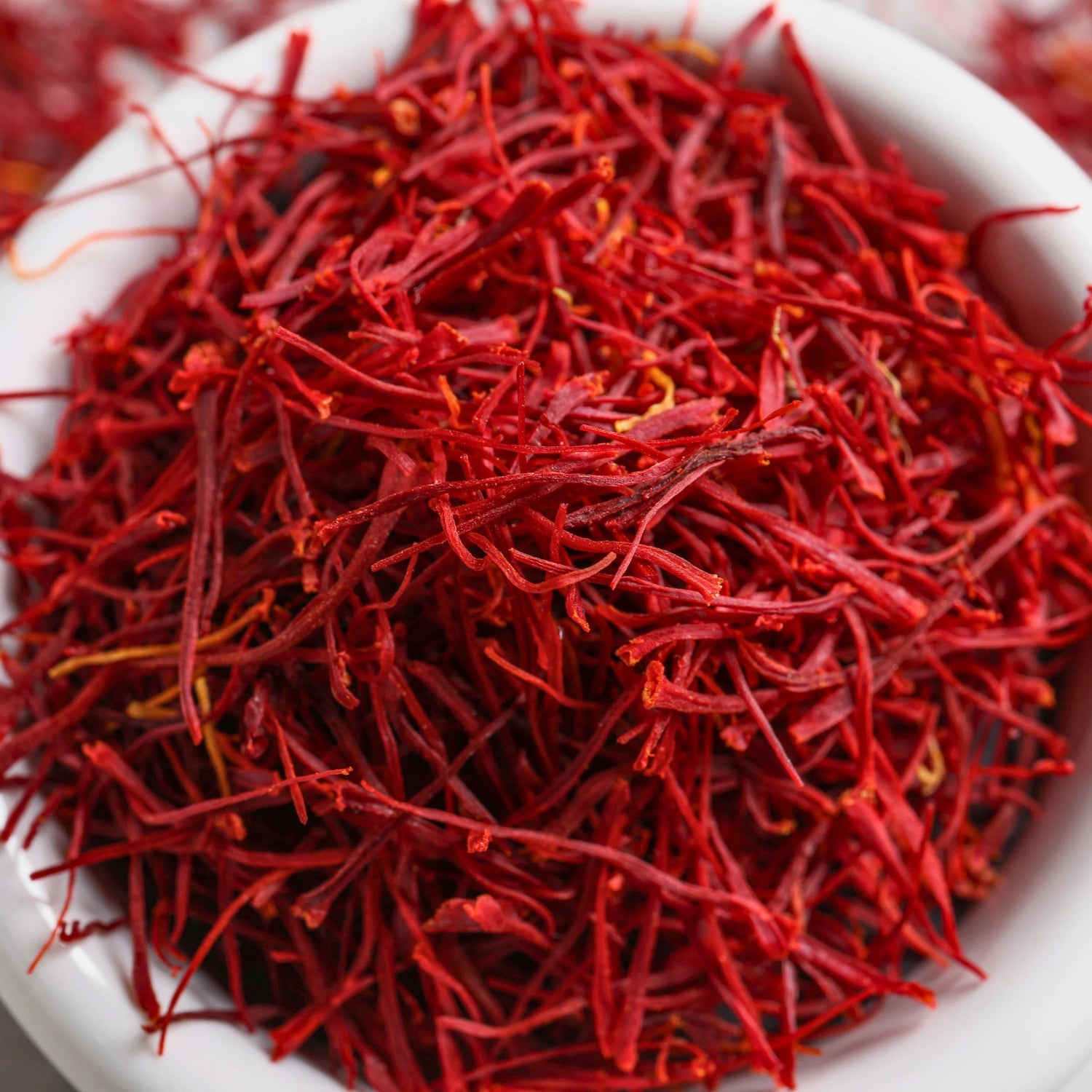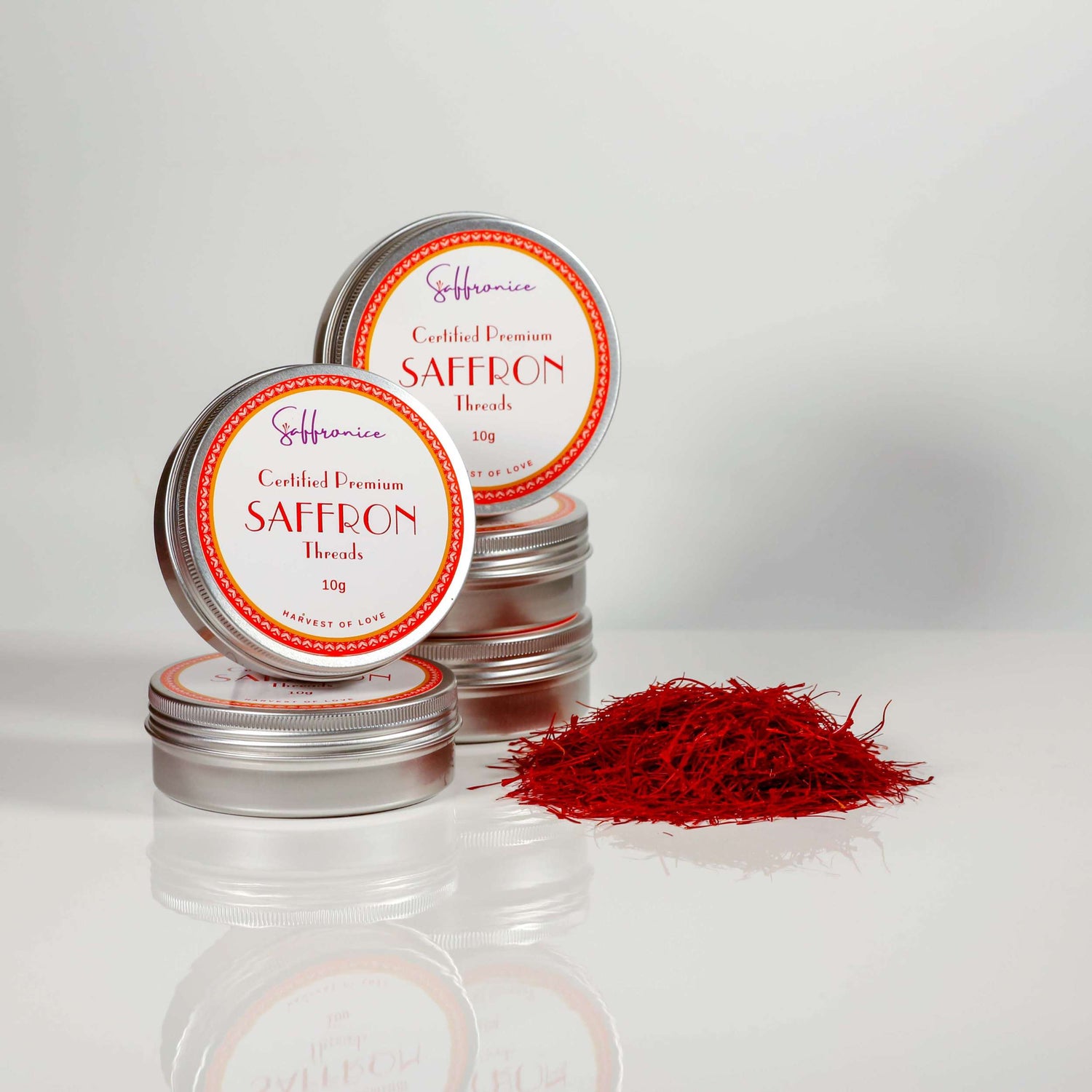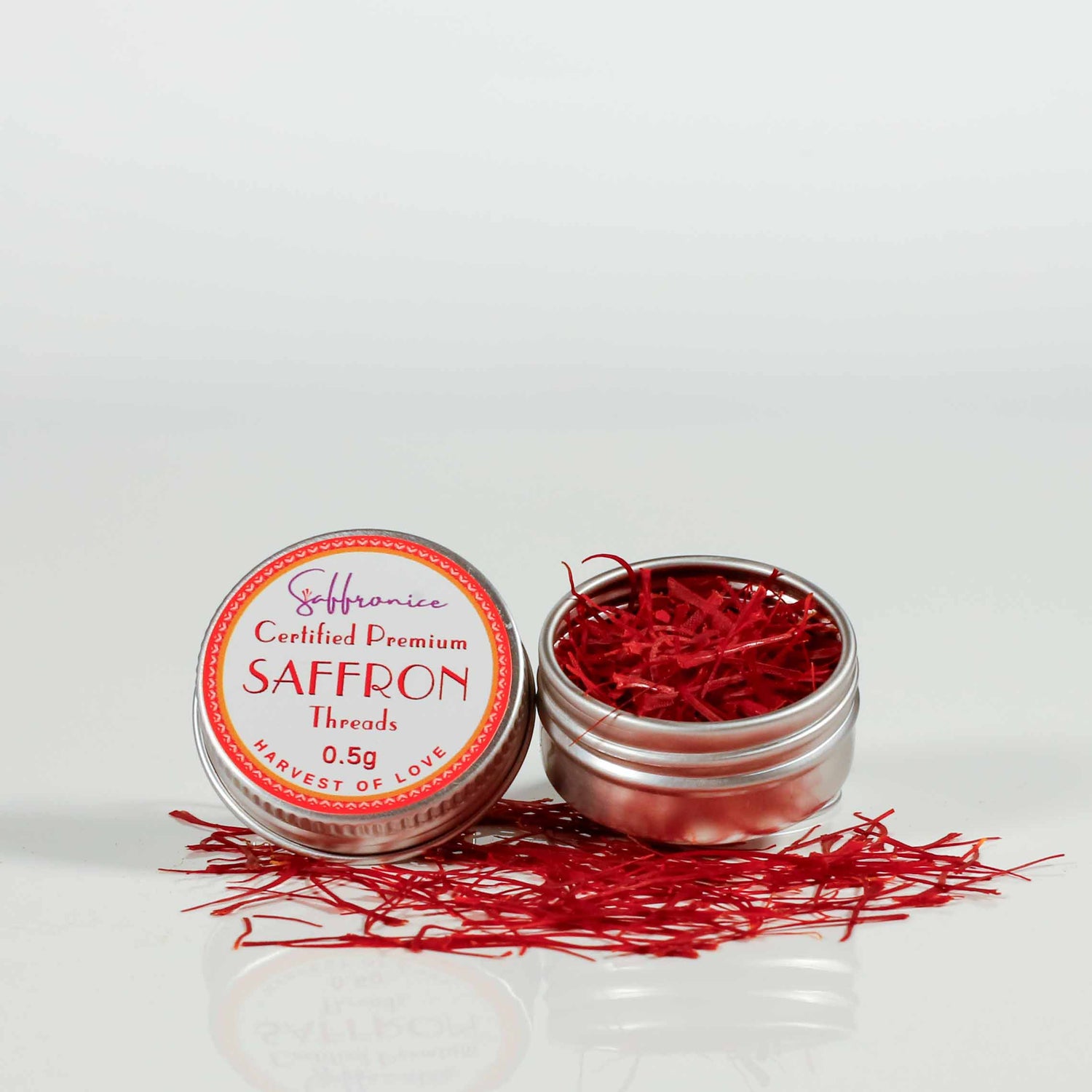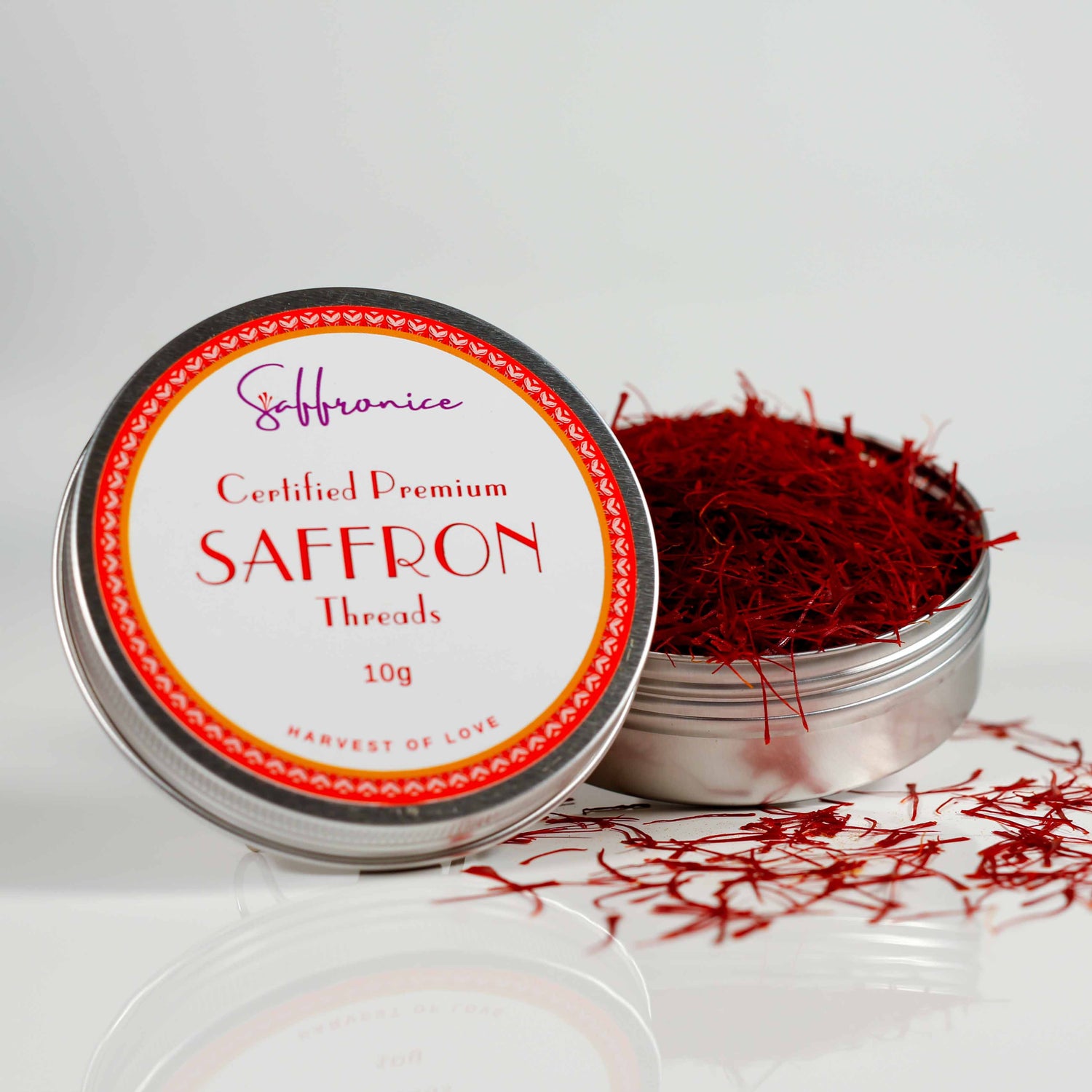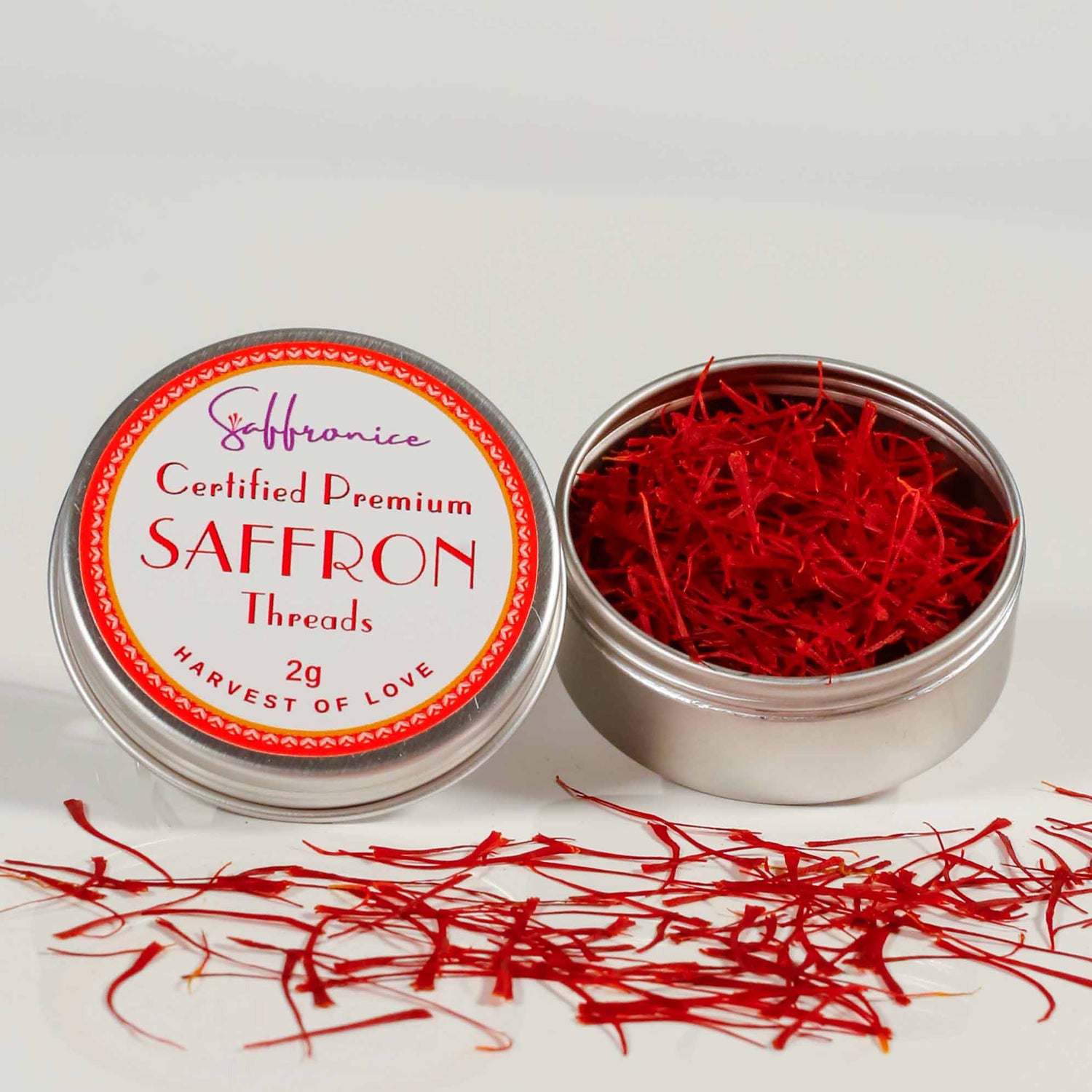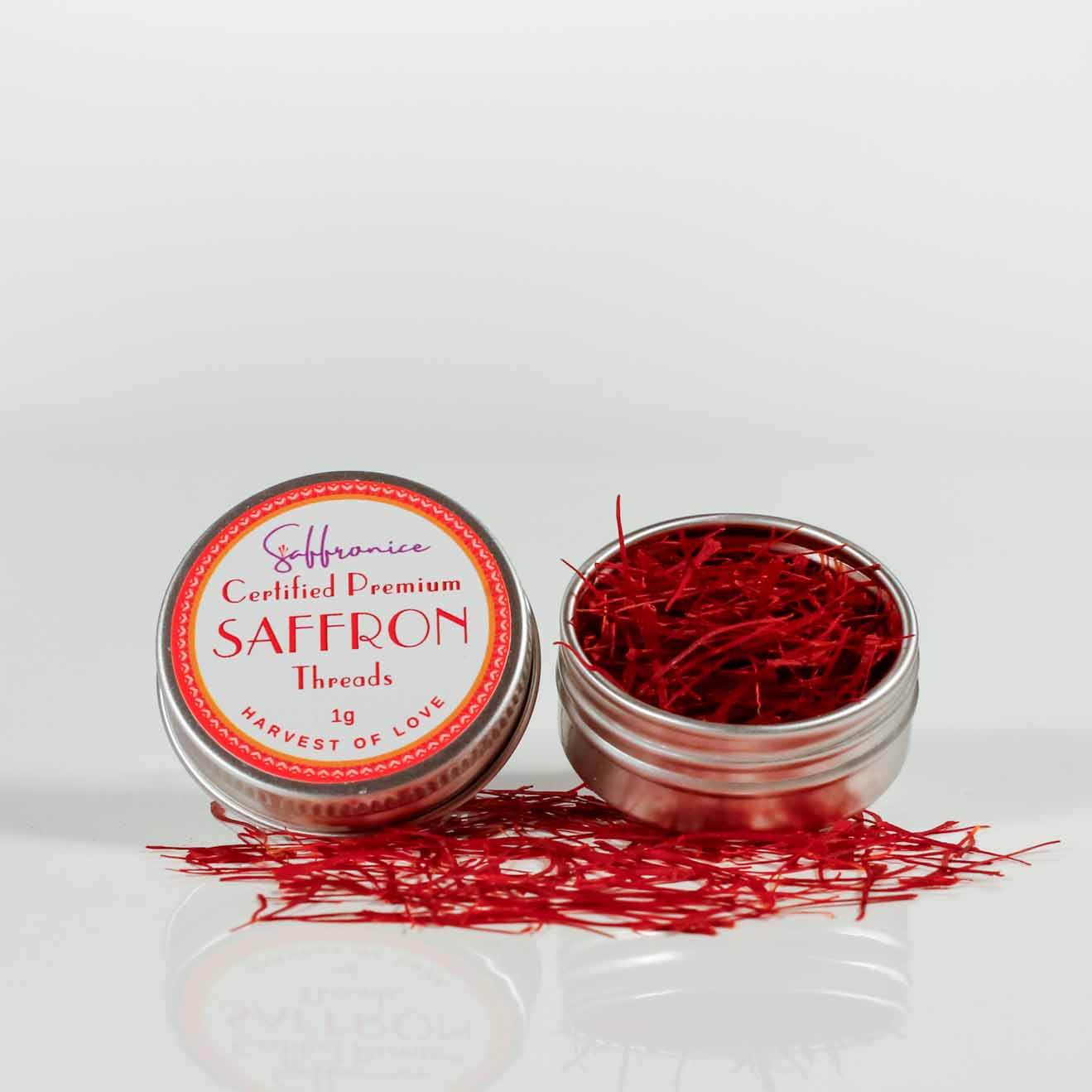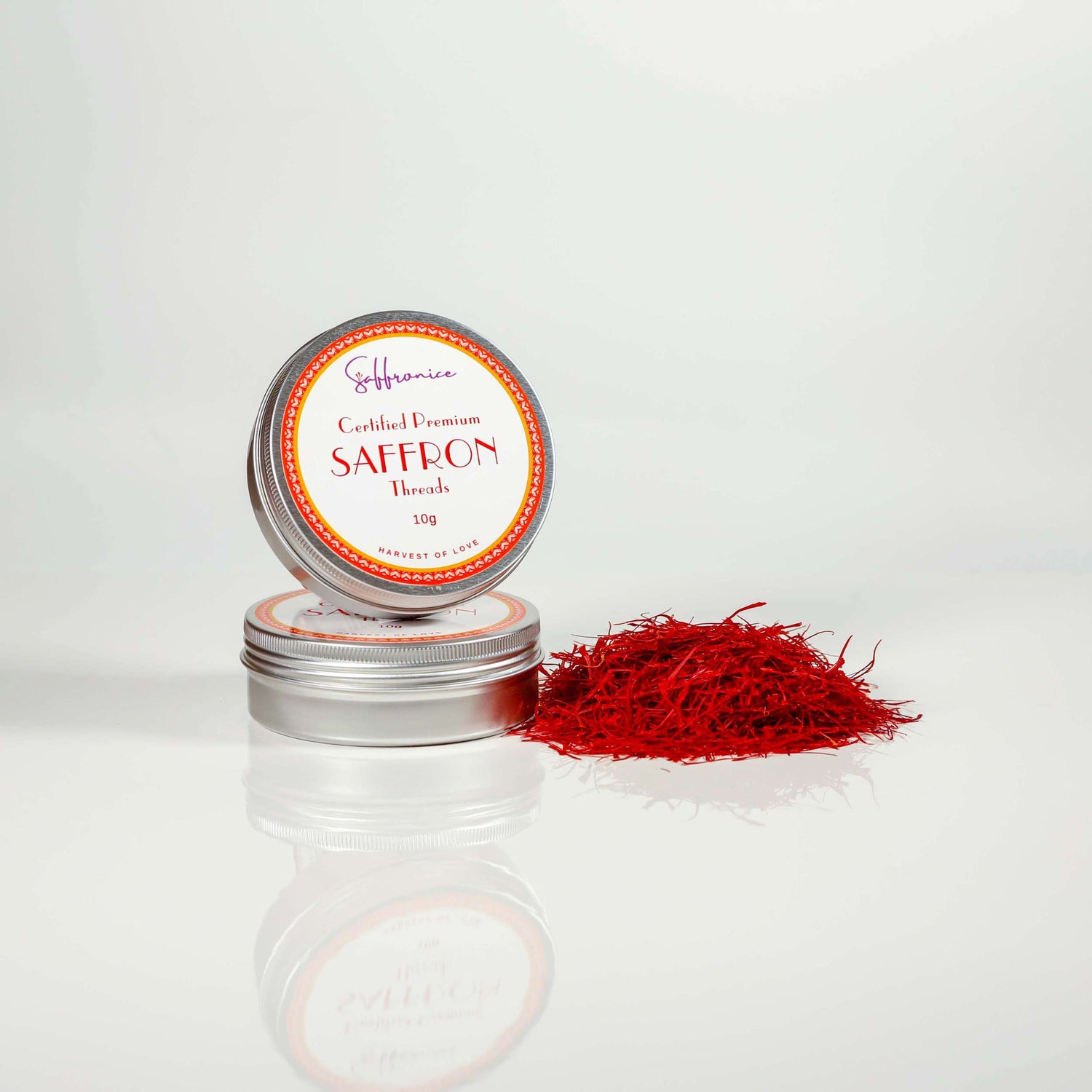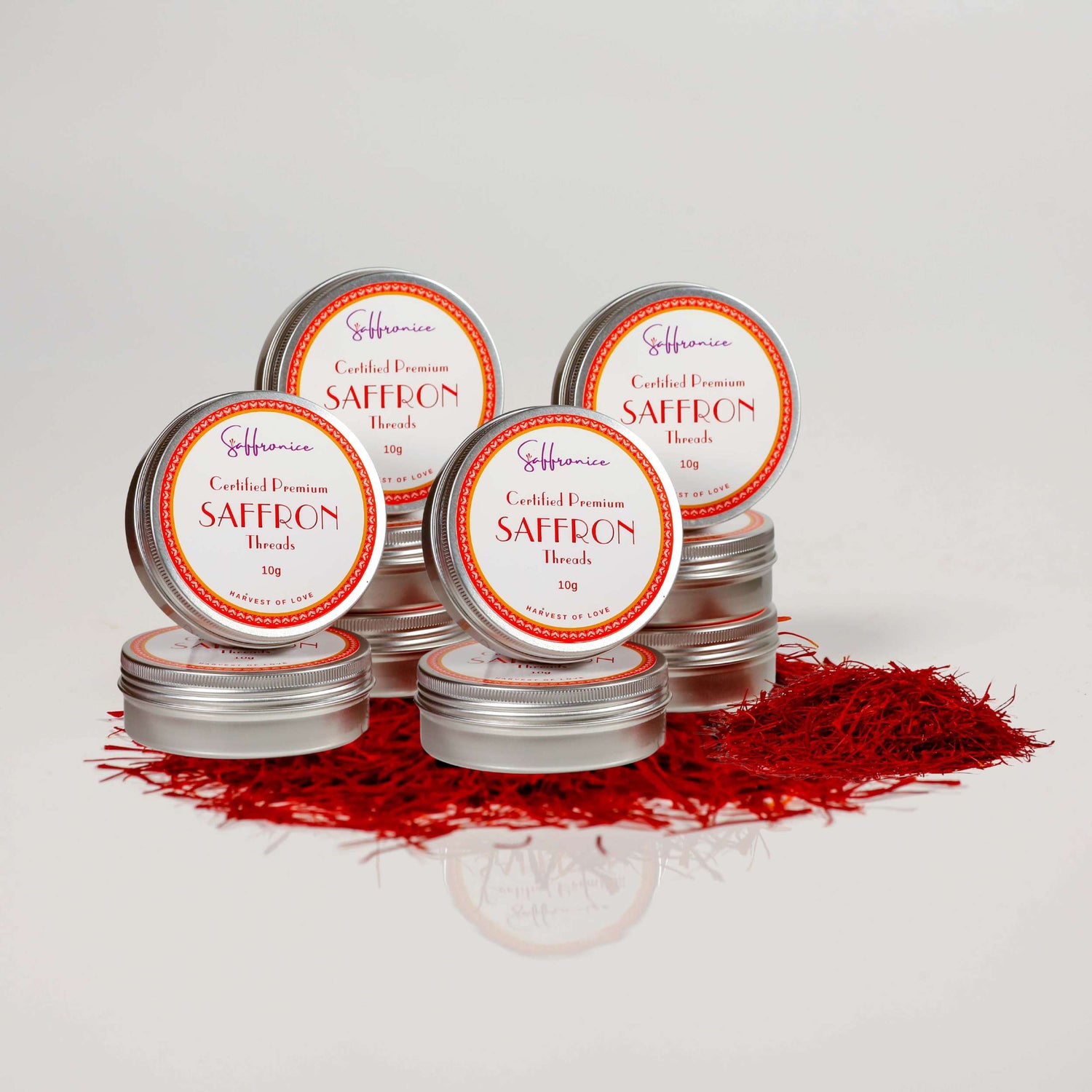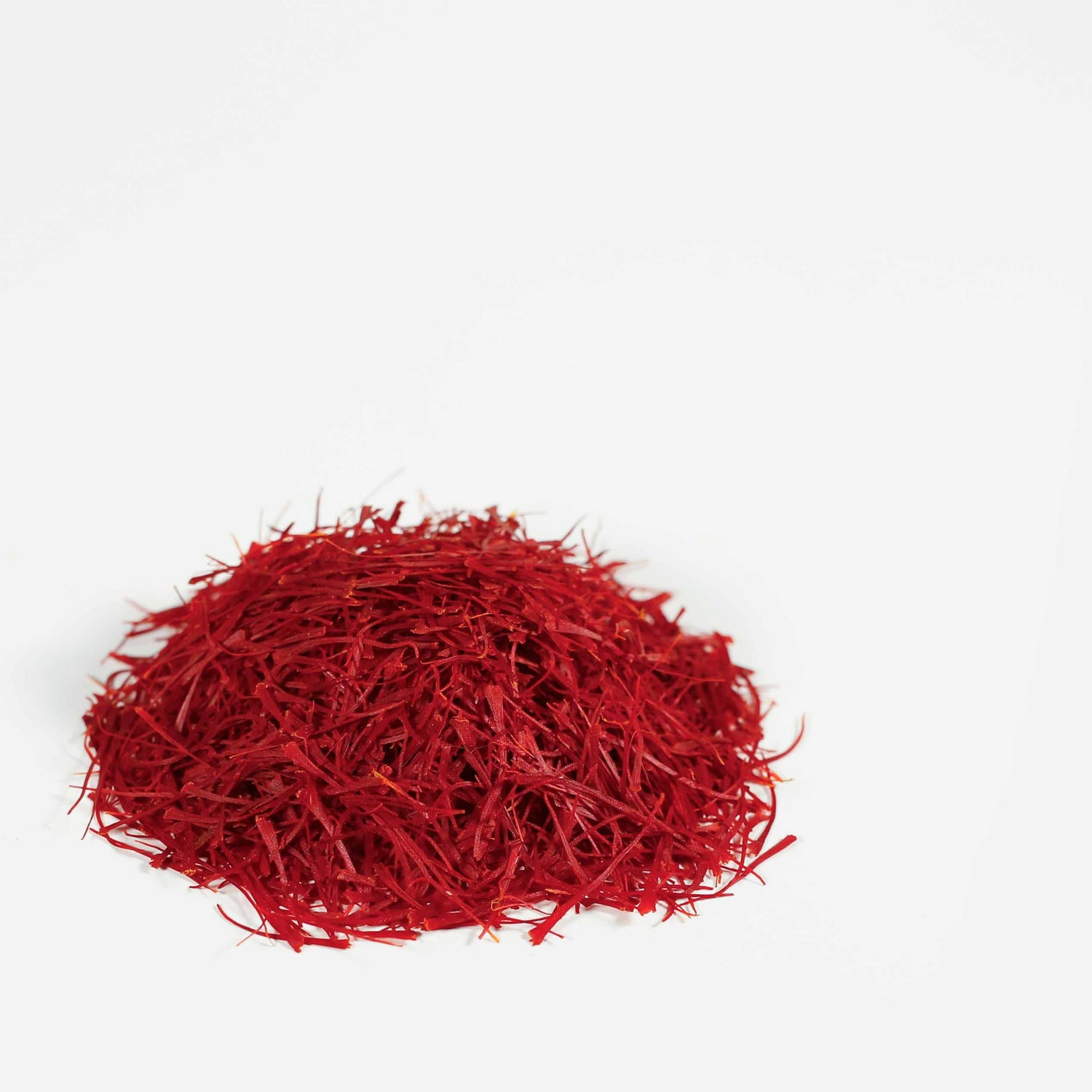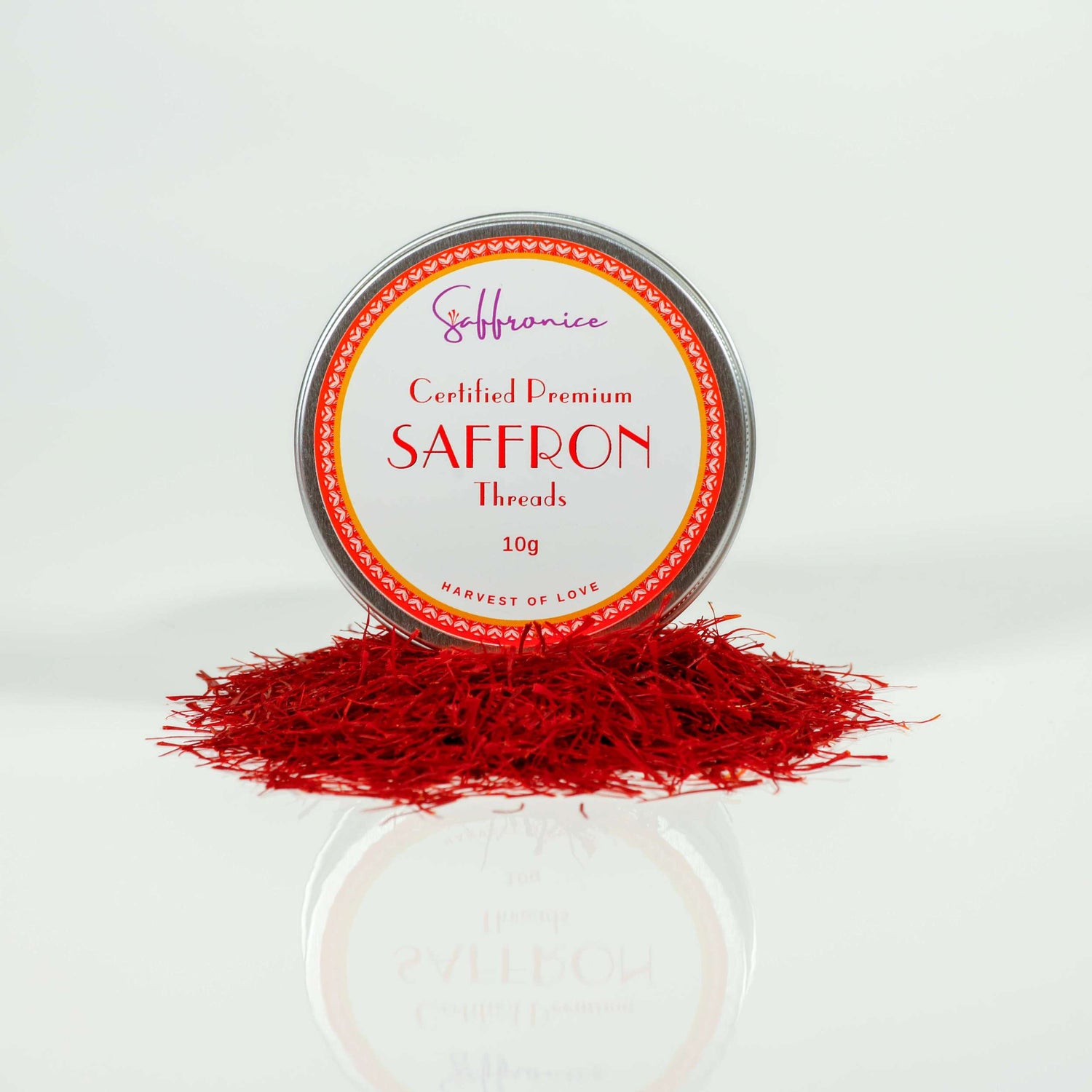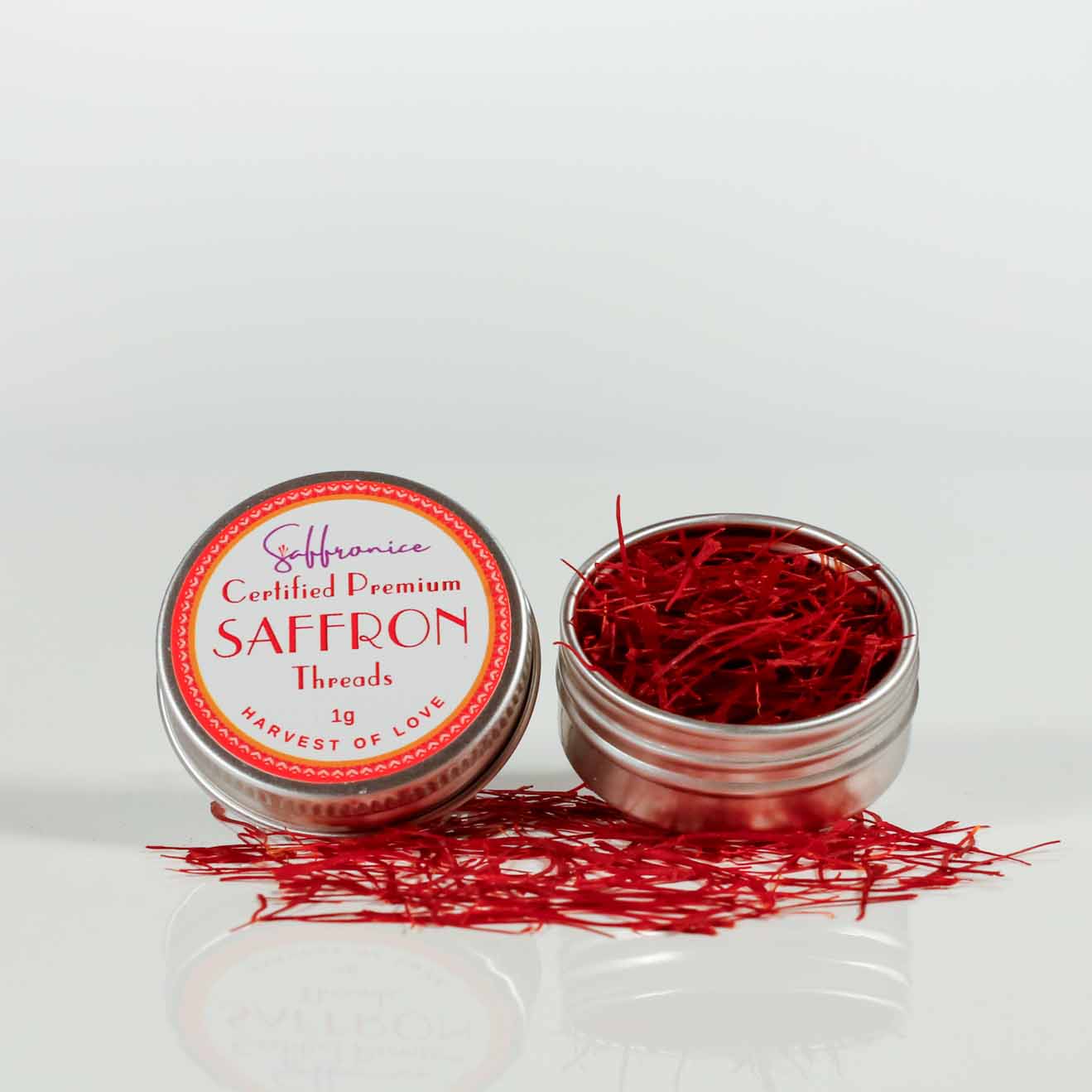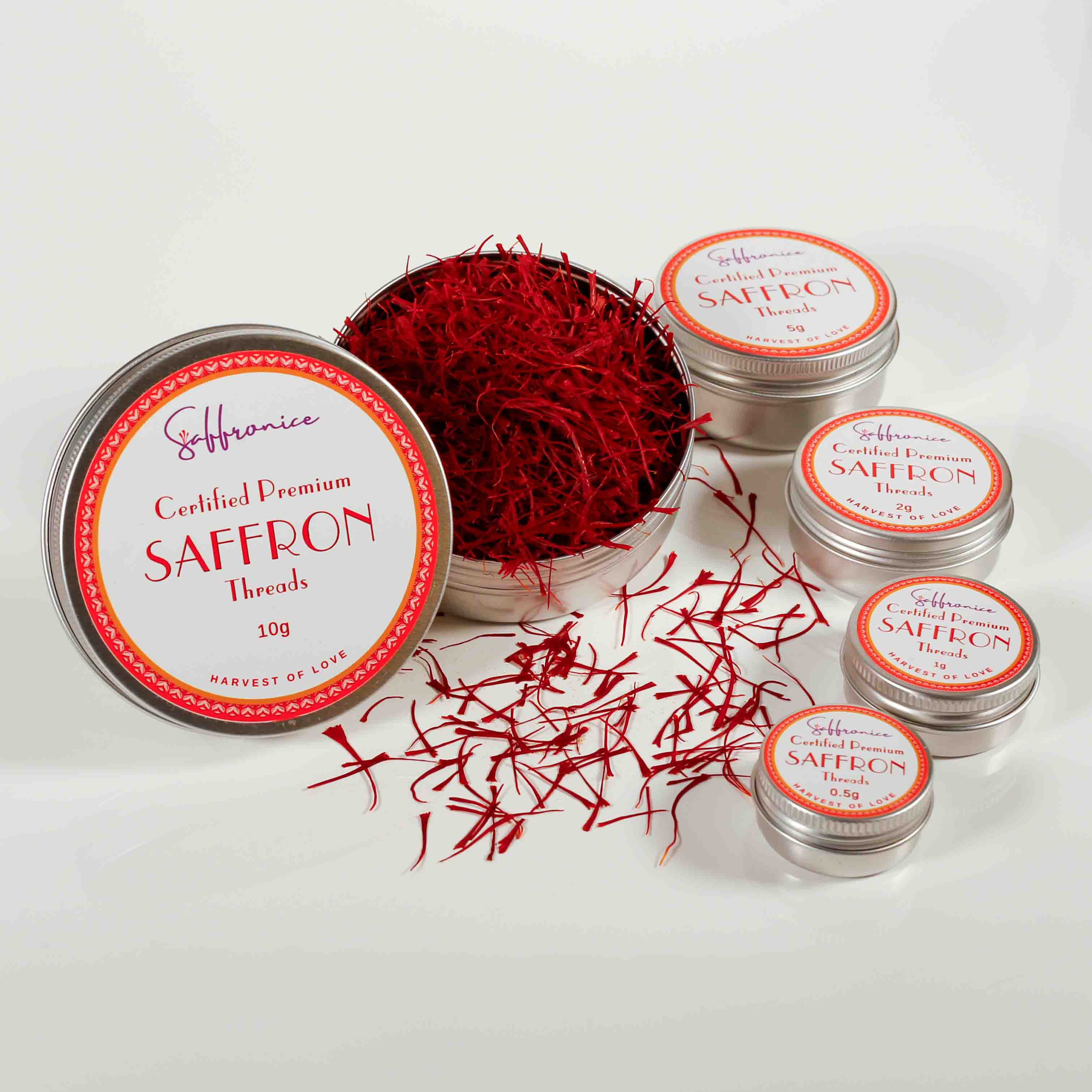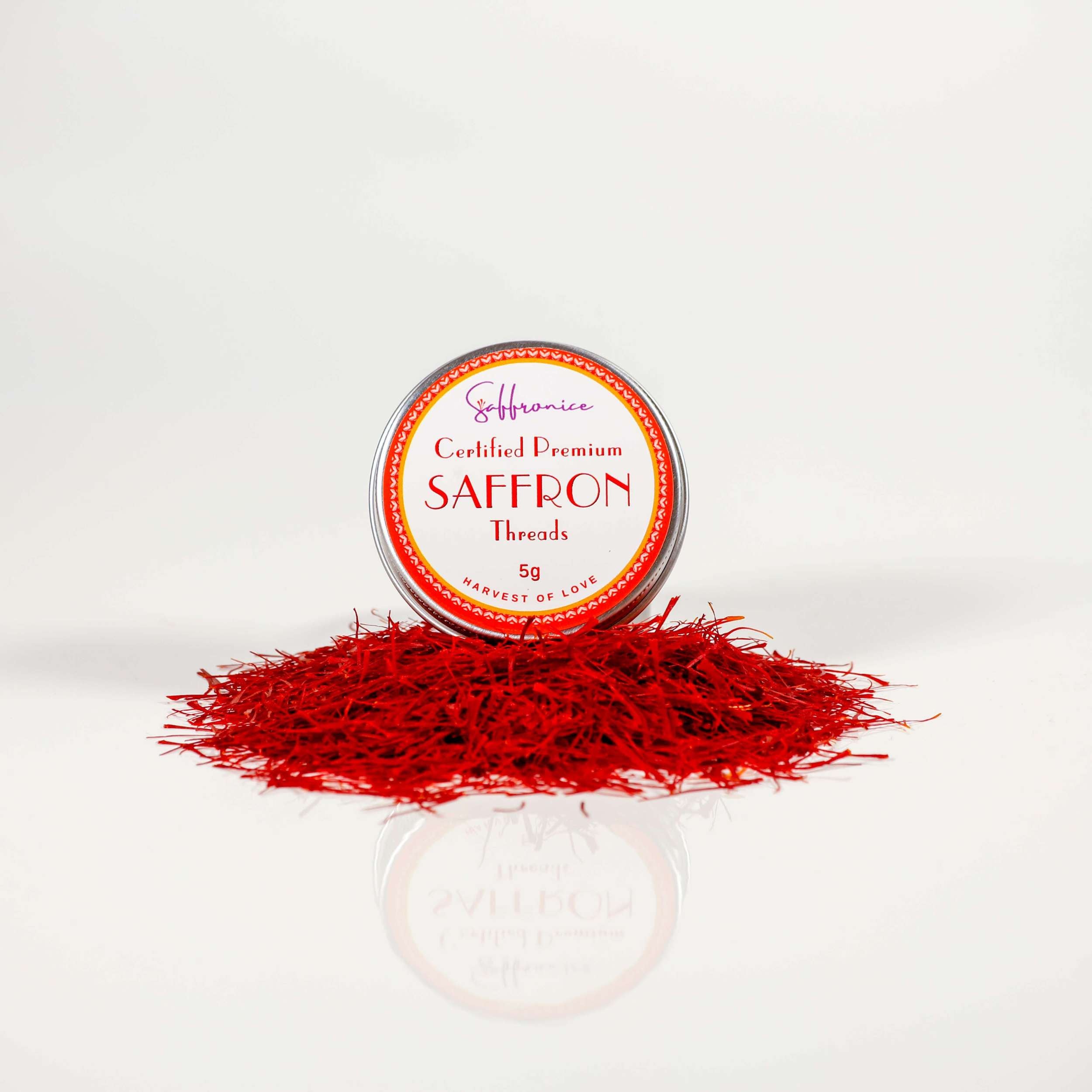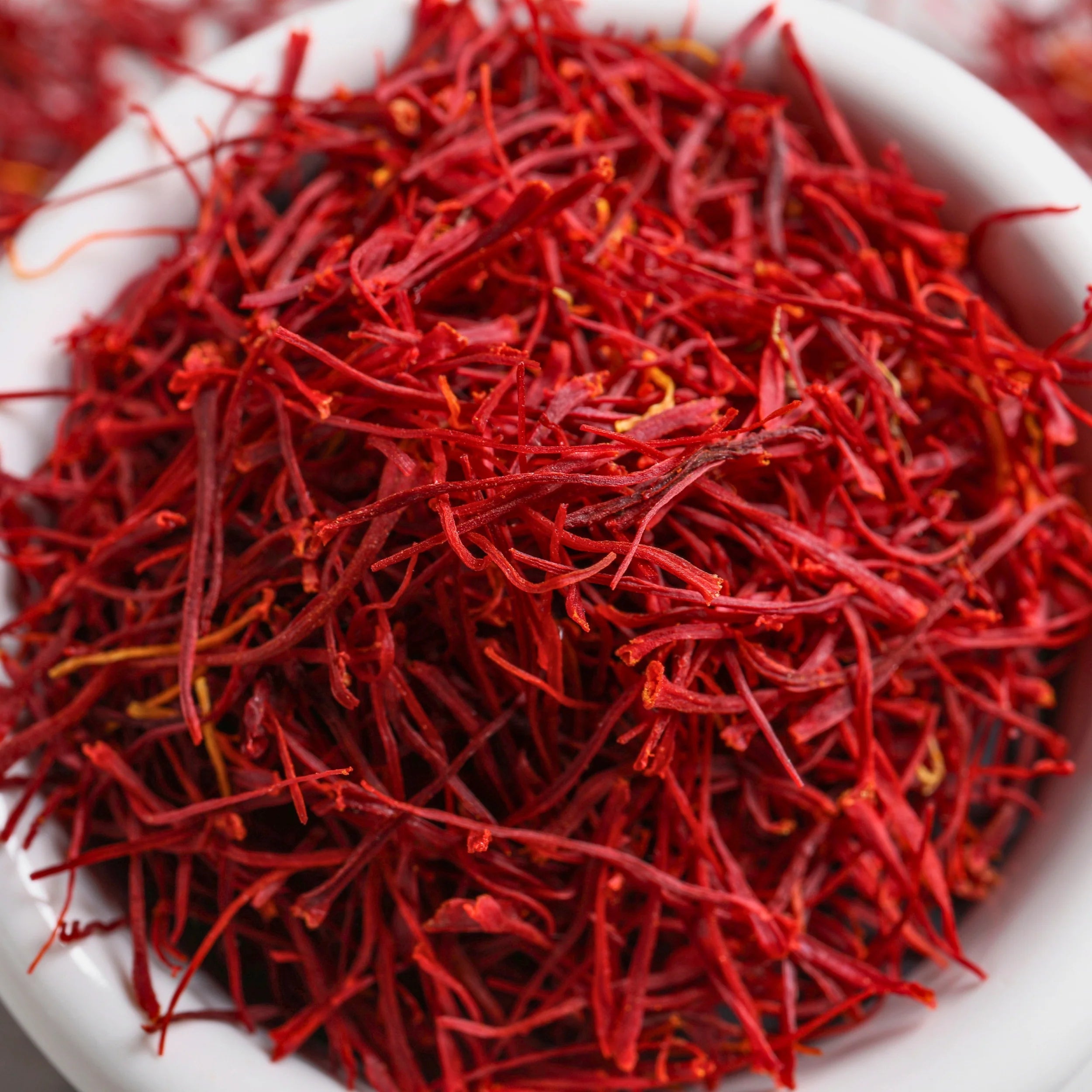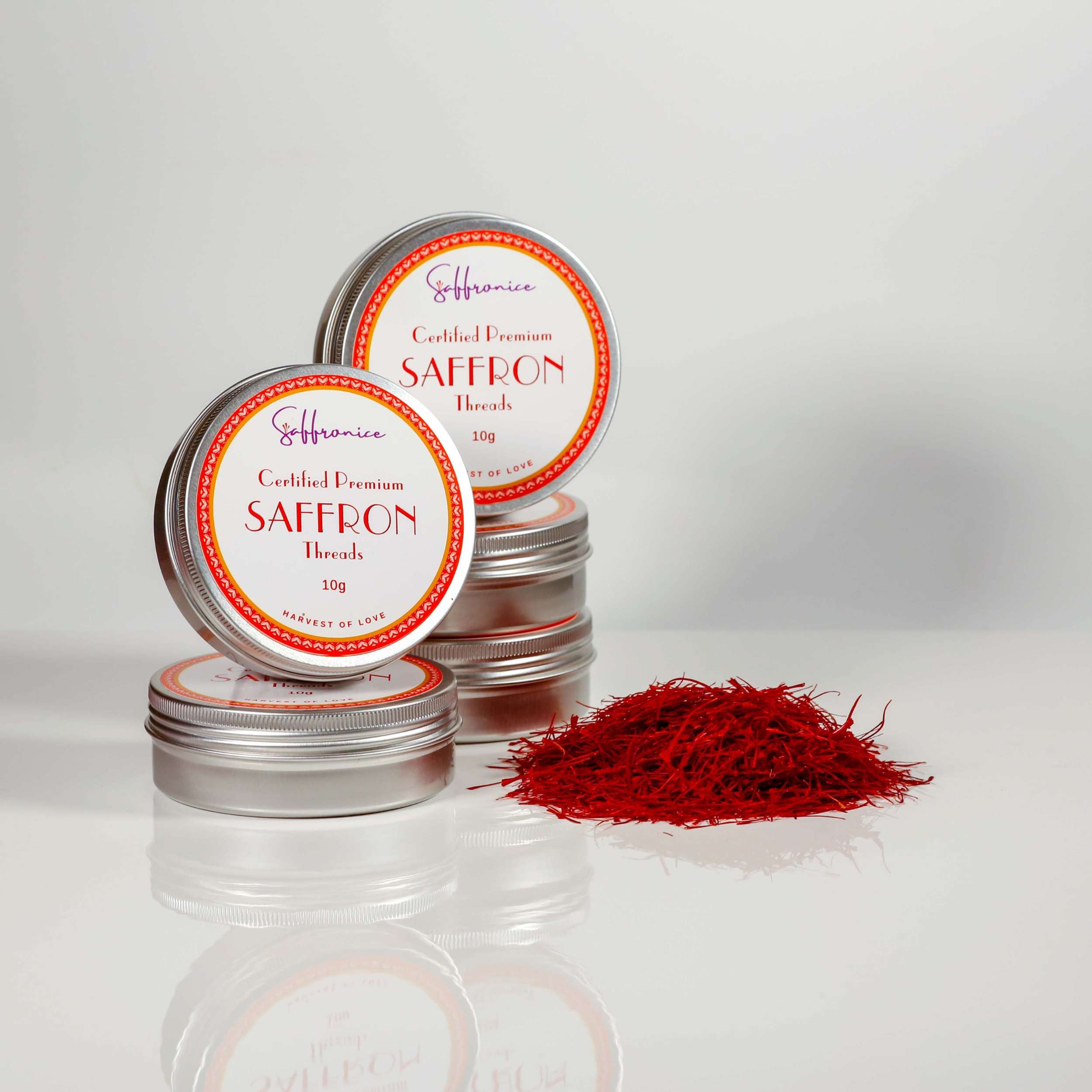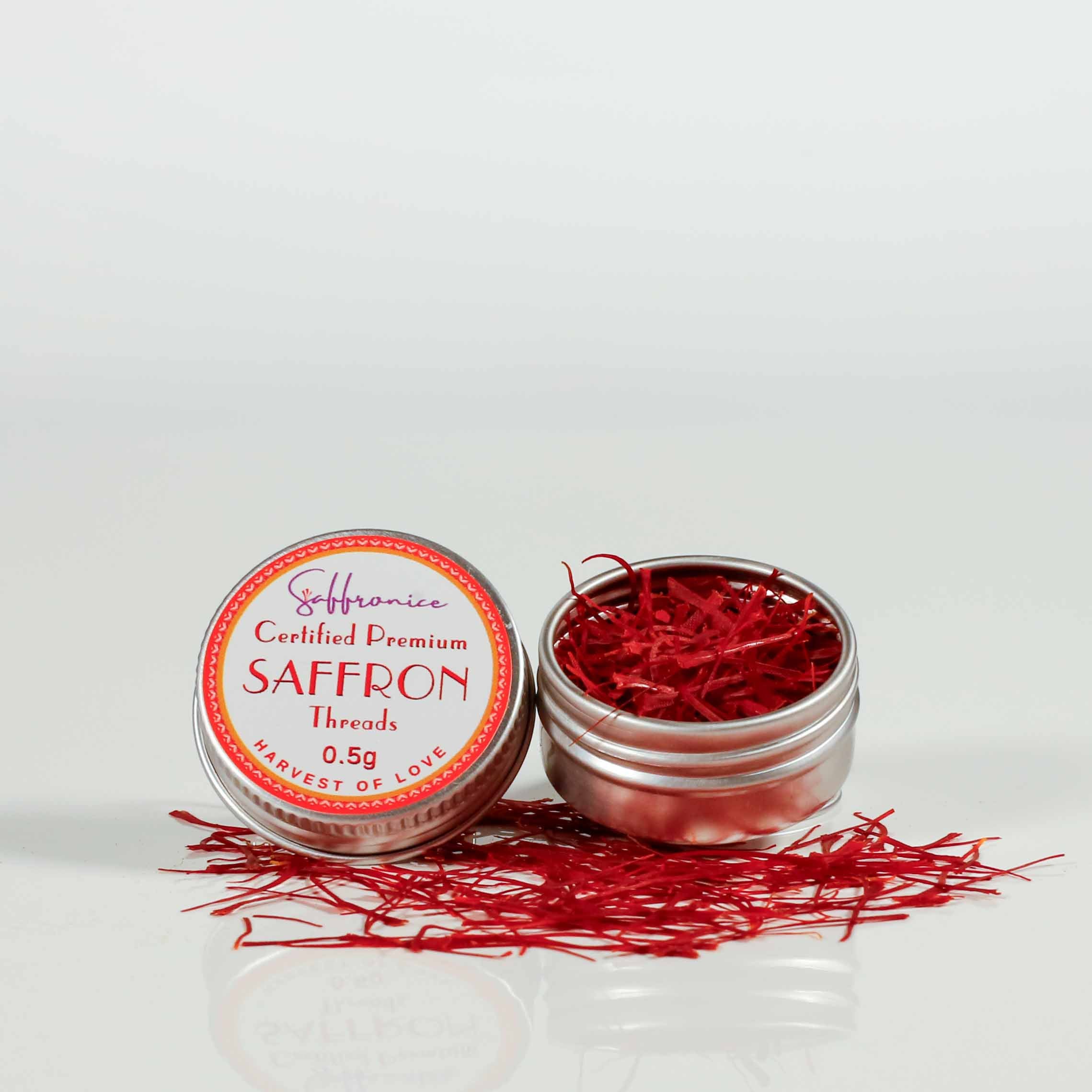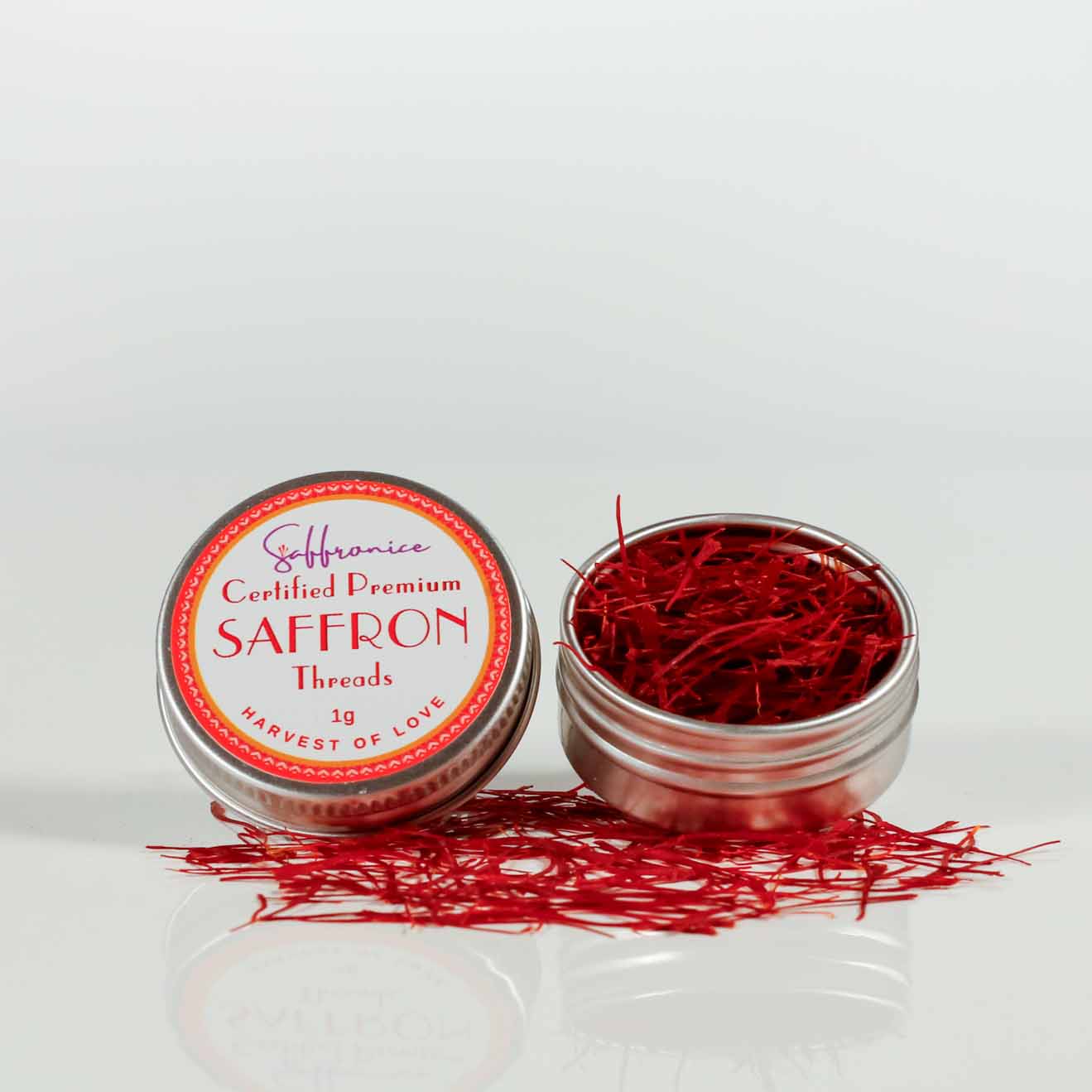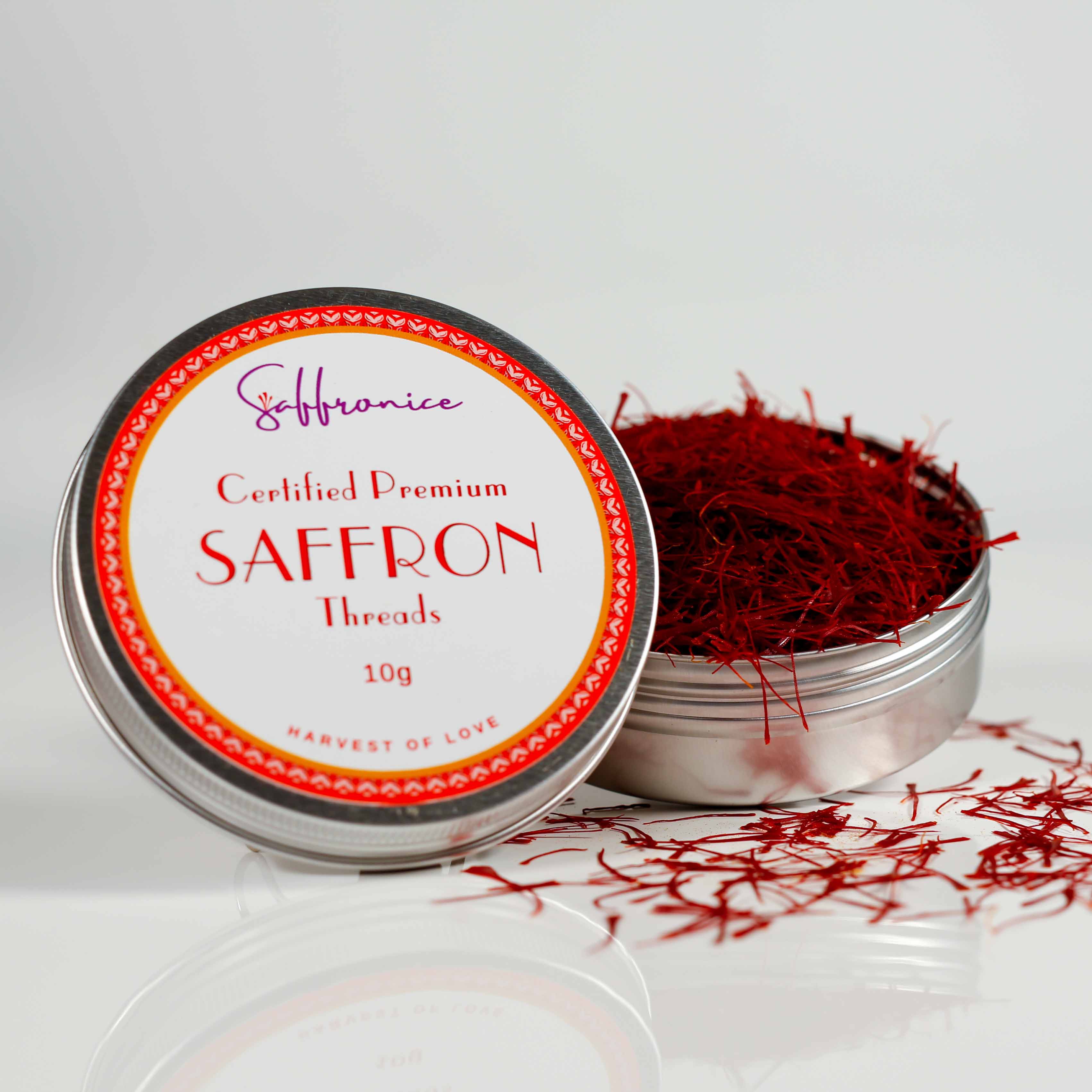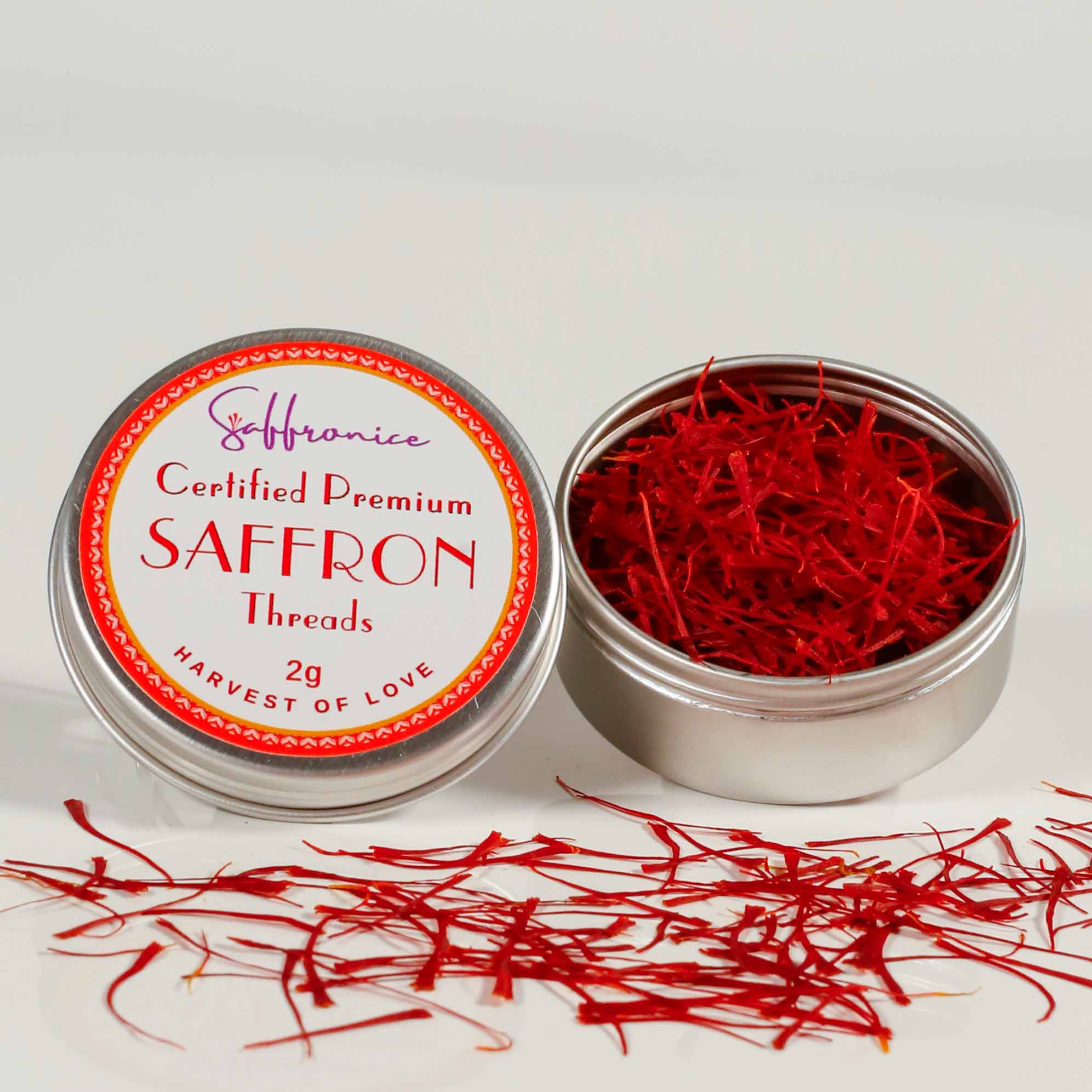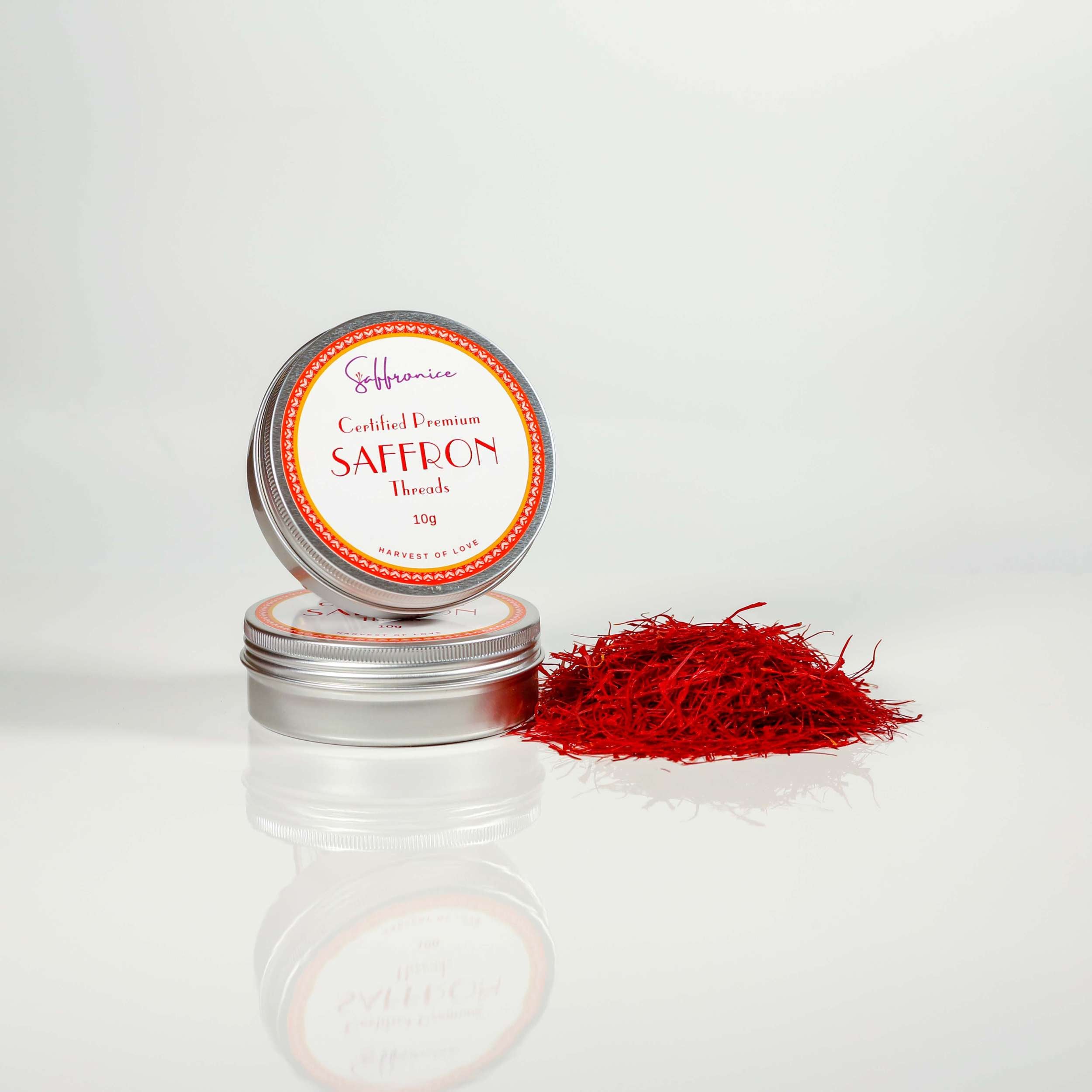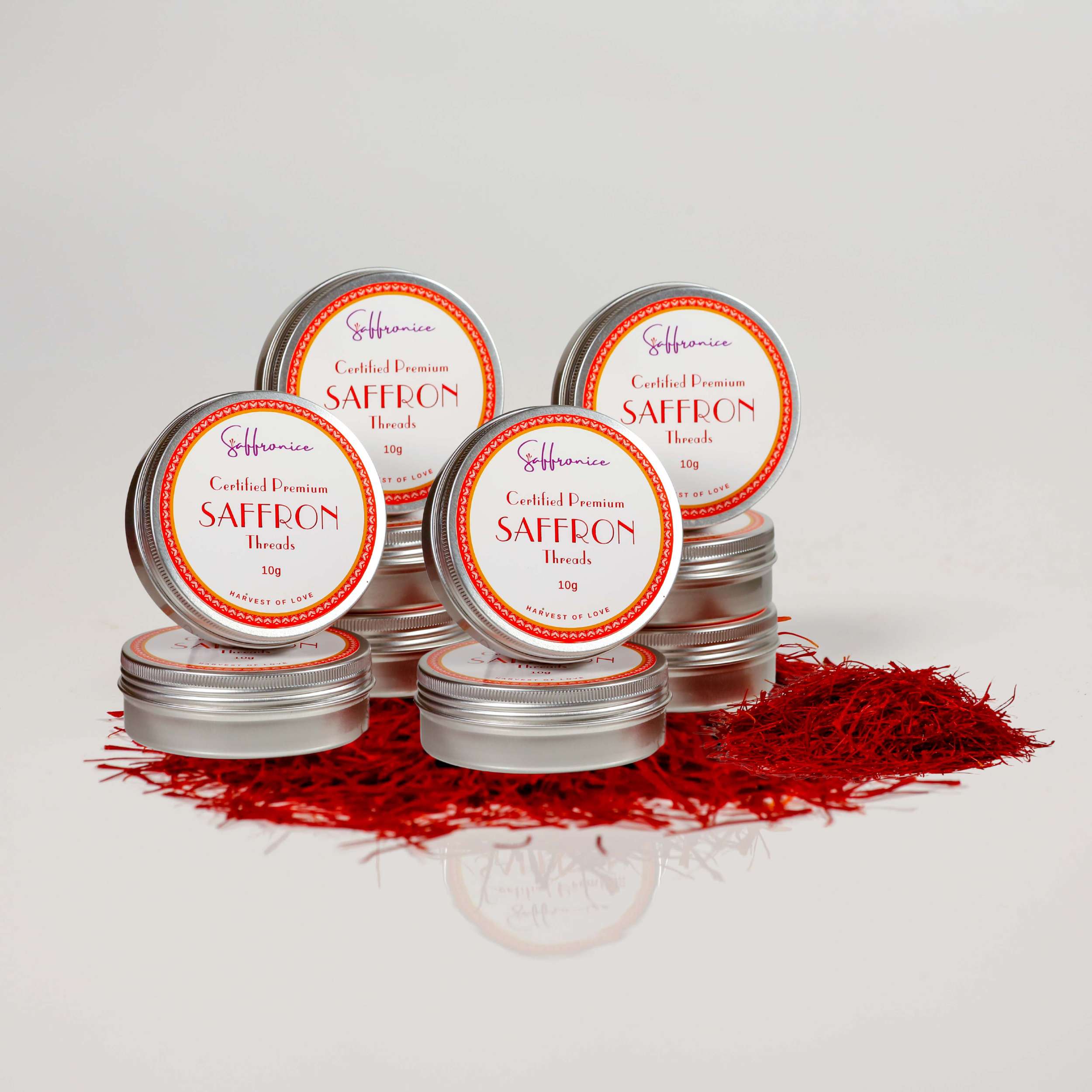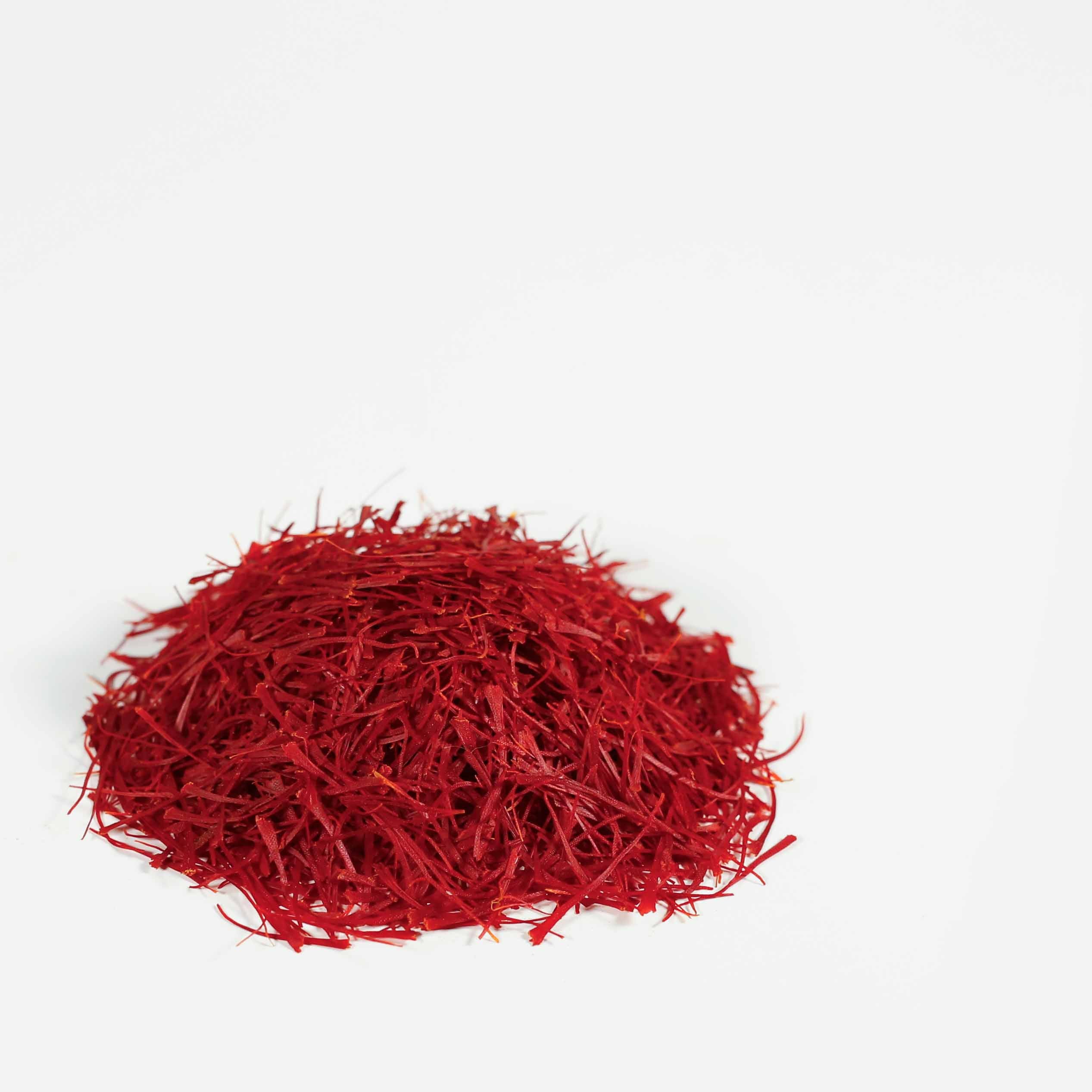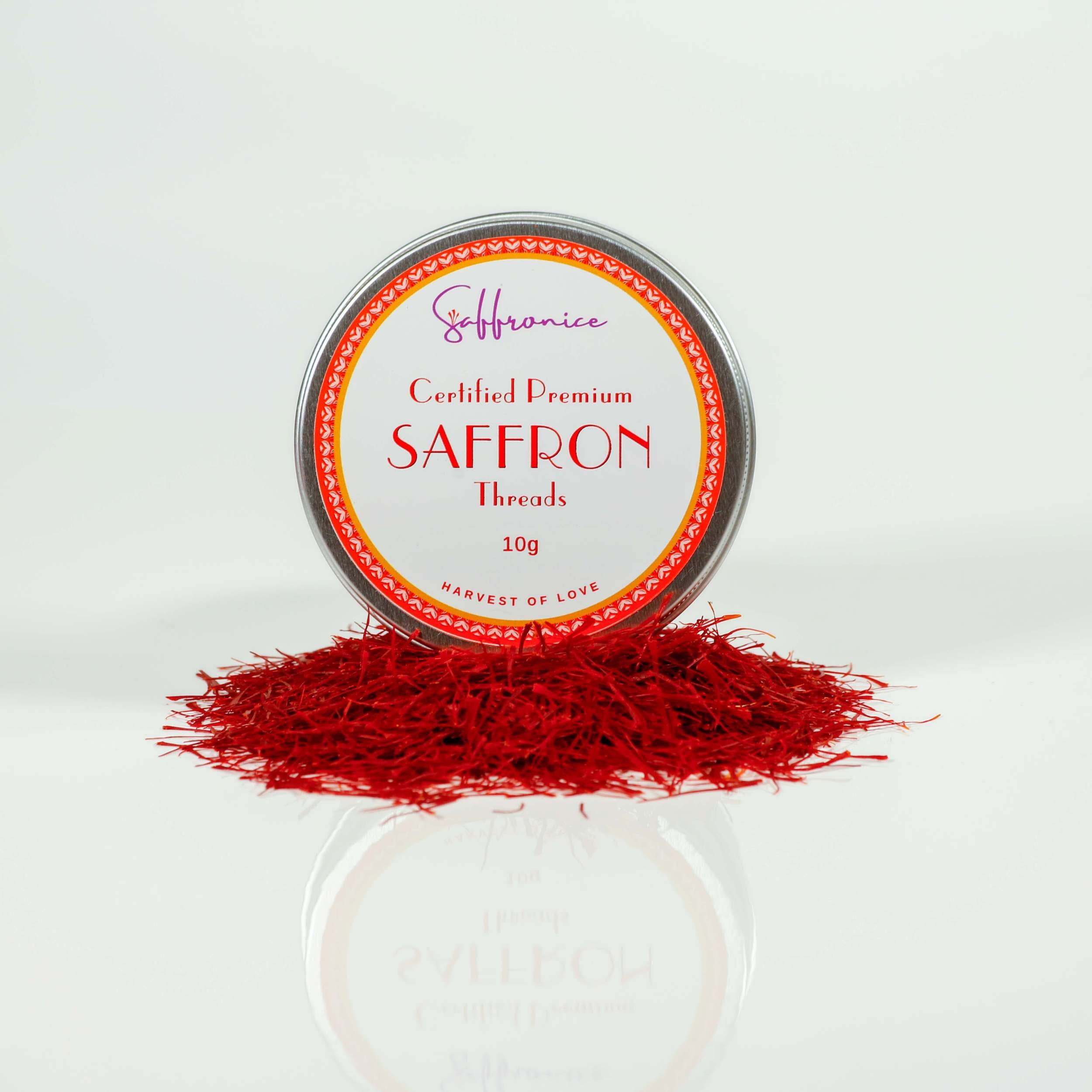
Saffron Za'atar Lamb Chops Recipe - Pomegranate Twist
Explore the richness of Middle Eastern cuisine with Saffronice's Za'atar Spiced Lamb Chops. Infused with exotic saffron and a pomegranate reduction, this dish is a feast for the senses.
Saffron Health Benefits & History
The cultivation and use of saffron historically started from 3,500 years ago.
Research shows that the Persians, specifically the Assyrian race are the first people who started using Saffron in their food and as medicine.
As one of the world's oldest civilizations, the Persian culture has used Saffron for its medicinal benefits as well as in celebrations, religious ceremonies and in arts.
Since then the usage of saffron has evolved to the point that now we are able to enjoy the health benefits of saffron in treating over 90 conditions.
Avicenna lived in Persia over 1000 years ago—and the scope and depth of his  discoveries still astonish people today. He was a true polymath: regarded as a major scholar, philosopher, astronomer, and physician. He wrote the famous treatise “Canon of Medicine” and has been described as the father of early modern medicine. Avicenna, as one of the greatest medical minds in human history, and coming as he did from the world’s epicentre of saffron production, was well aware of the spice’s many health benefits. Centuries ago, he remarked upon the healing uses of saffron, among them:
discoveries still astonish people today. He was a true polymath: regarded as a major scholar, philosopher, astronomer, and physician. He wrote the famous treatise “Canon of Medicine” and has been described as the father of early modern medicine. Avicenna, as one of the greatest medical minds in human history, and coming as he did from the world’s epicentre of saffron production, was well aware of the spice’s many health benefits. Centuries ago, he remarked upon the healing uses of saffron, among them:
As an antidepressant and mood lifter
As a powerful stimulant for the nervous system
As an aphrodisiac
As a natural laxative
To reduce vomiting & fever
For patients with epilepsy
To reduce inflammation
As a cosmetic aid and treatment for skin diseases
To stimulate blood circulation
These, and many other benefits of saffron can be found in his book "Canon of Medicine" (al-Qanun fi al-tib), and his insights are just as relevant (and accurate) today as they were when he first made them.
Today's scientists have begun to understand the health benefits of this amazing plant and researchers around the globe are now racing to find even more health benefits of saffron.

